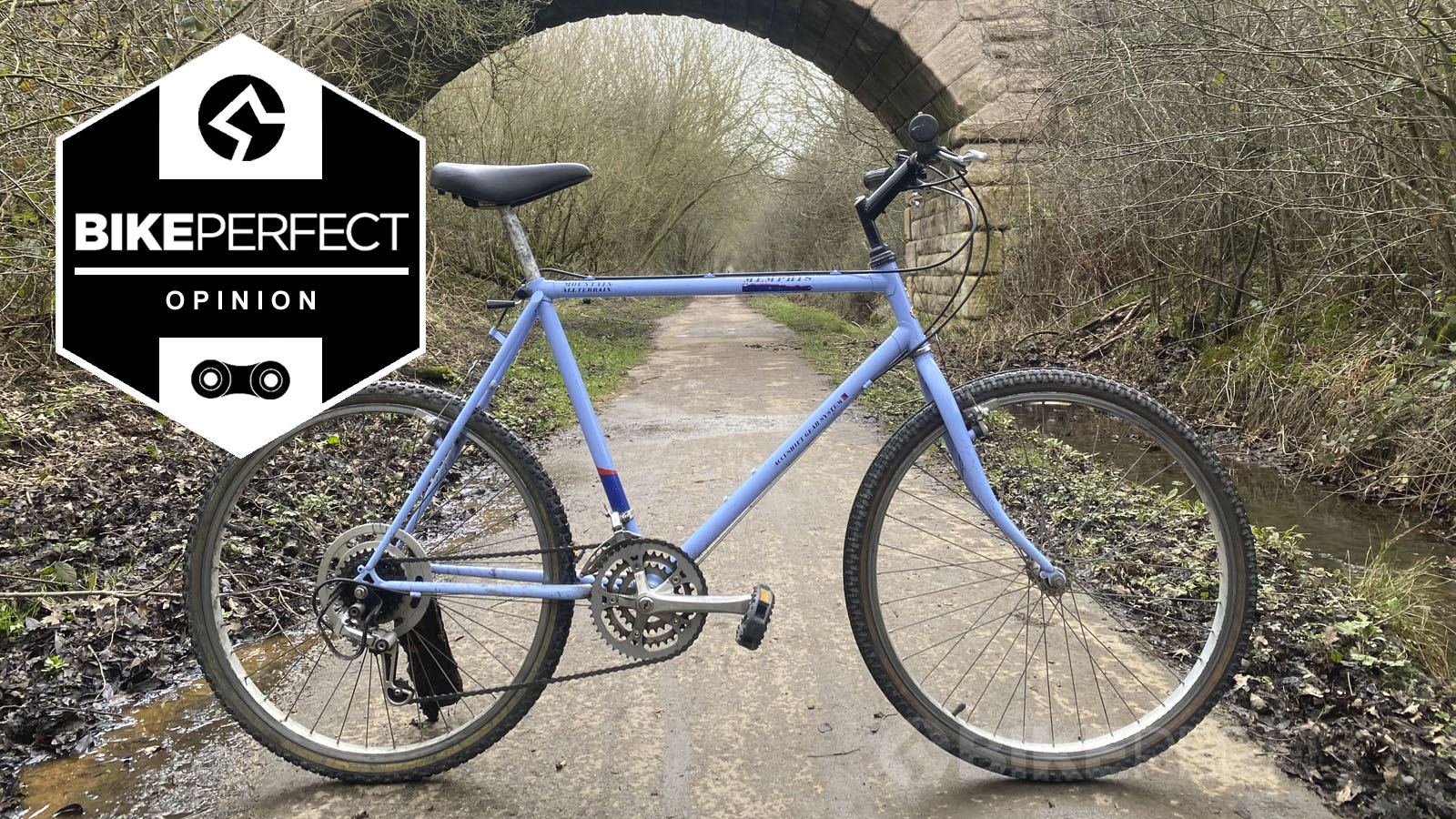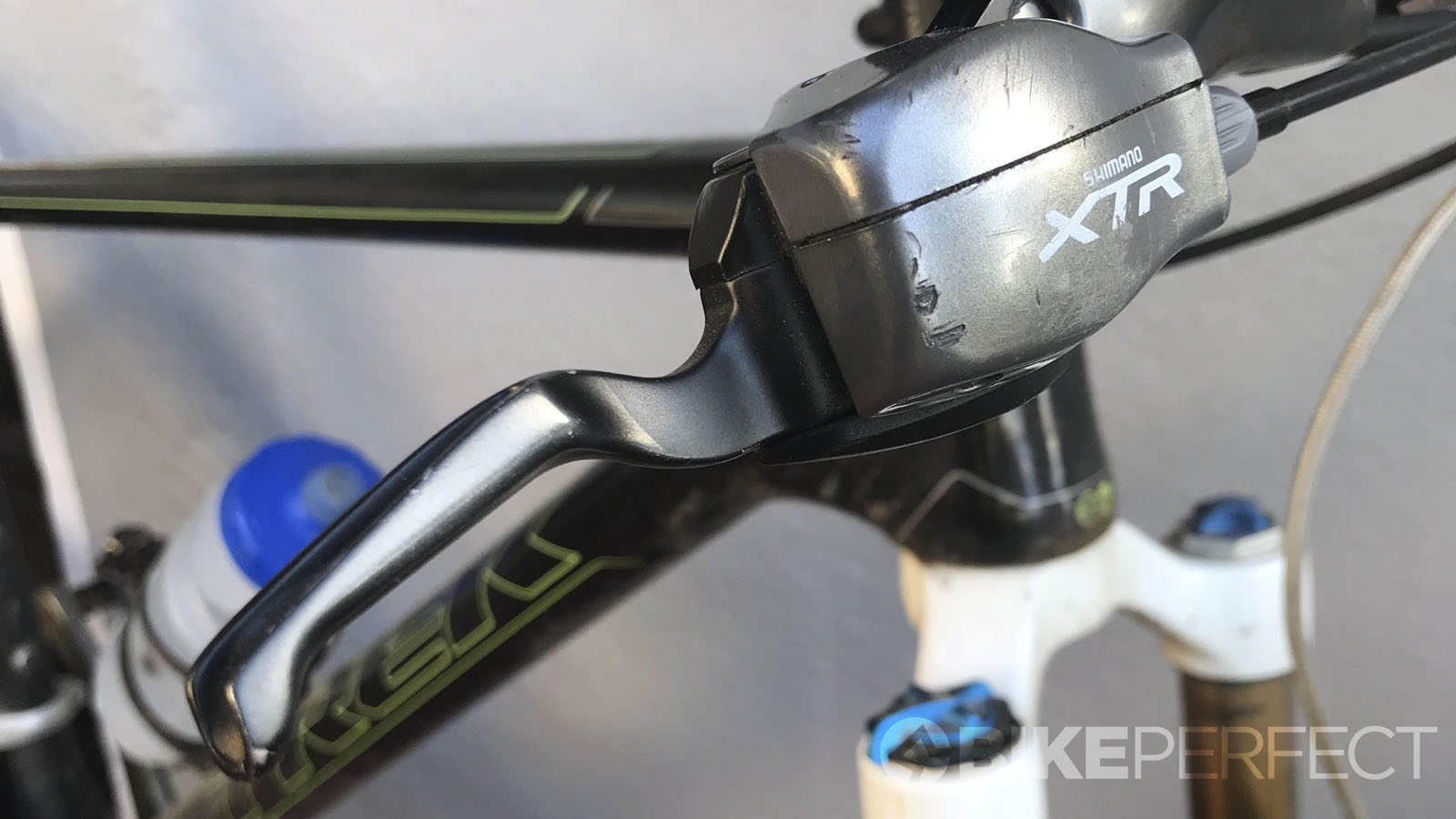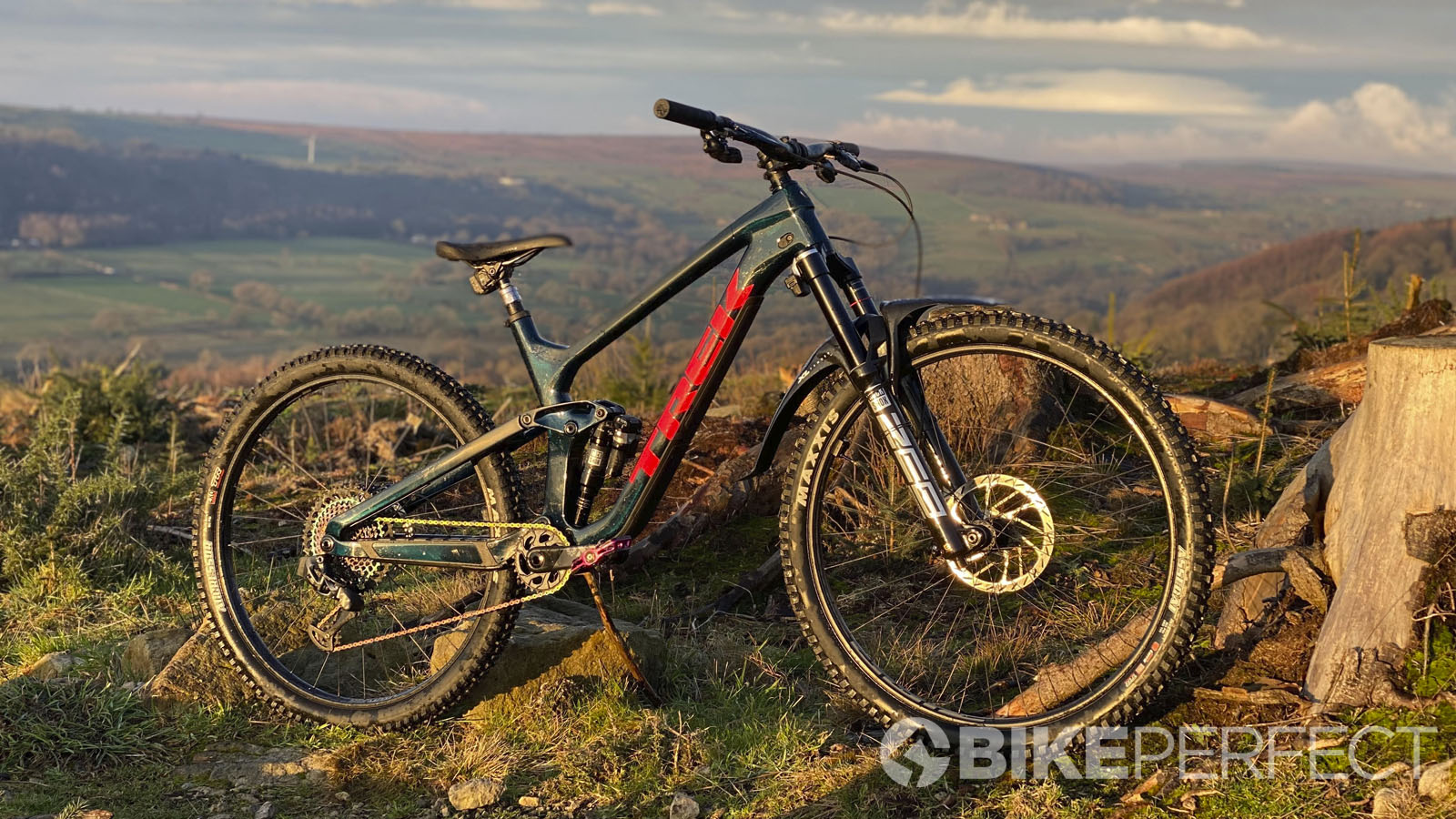Bespoken Word: The innovation vs imitation paradox
Guy Kesteven asks why some people work hard to innovate, while others can copy new ideas and reap the rewards of reduced risk and cost

The whole innovation story of MTB is a contentious cat fight between who did what to their beach cruiser in Fairfax, California first. And that’s before you start talking about the Cupertino gang in So-Cal or those French kids busting out of bomb holes on modded bikes in post Panzer Paris.
Even the name ‘mountain bike’ only became the common term after a patent lawyer screwed up Gary Fisher and Charlie Kelly’s attempt to protect the name of the shack/shop they sold their bikes from. But then you could argue that they were looking to commercialize a new bike concept which, while they’d certainly been part of developing, they were definitely not entirely responsible for.
That meant Gary accepted it was fair enough when Mike Sinyard of Specialized rolled out the first Stumpjumper and leapfrogged into a dominant position overnight. Because while Mike might have been inspired by the bike he bought off Gary and Charlie, it was Specialized who’d pioneered getting really good quality bikes built in Japan as well as setting up an impressive global component import network for his existing touring and road bikes.
And so it goes on. You watch pretty much any innovation appear online and there’ll immediately be a scrum in the forum comments for who can flex the earliest precedent. Often those early incarnations will have never made it past the ‘rave review of pre-production models’ stage and many more die on the drawing board or concept show stand because actual production or sometimes just aesthetic concerns make the risk too great. So why is it that so many brands - and mountain bike culture as a whole - insist on constantly pushing the limits when we all know that’s nearly always when the bad things happen?
But maybe that’s it, our whole mountain bike culture is about pushing that little bit further. Trying something and seeing whether we can get away with it, braking a bit later into a corner, trying to send a bigger jump or drop, clean that unclimbable climb or just see what’s down that trail we’ve not tried before. And the results are the same: sometimes it’s gory, sometimes it’s glory. Mostly it’s dead ends but sometimes it’s a magical missing link in our riding jigsaw.
Thankfully there’s a large proportion of ‘proper’ mountain bikers pushing our industry forward in the same way they push their riding. There’s also a healthy population of nerds and geeks who found exercise and freedom salvation through bikes in a way they never did through ball sports or the rules and regulations of athletics.
We’re also dealing with a sport where innovation can really make a difference to every level of participant. We roll faster or further on 29er wheels or we whip better on 27.5in. We crash less at speed on slacker, longer bikes with evolved suspension. Gear shifts are far simpler and more secure because we don’t have three chainrings anymore. We puncture less because of tubeless tires, and don’t even get me started on life before disc brakes. I mean seriously, if all these things have always been part of your mountain biking, just try an old bike even for a few hundred metres and you’ll never complain about changing standards and media hype again.
Creating sparks
Every one of those innovations had to come lurching into our world in some primitive form that often made us question why anyone would bother, but sometimes contained enough of the crucial kernel that convinced the cynics.
We nearly died trying to turn the reservoir adjusters on Hope’s early disc brakes halfway down descents to stop them locking solid because when they worked they were far better than cantilever brakes. We jackhammered round the Mountain Mayhem race on prototype Gary Fisher 29ers because while the wheels were a rolling win, the butchered Marzocchi forks flexed so much they locked out when you pulled the rim brakes.
I don’t think my back has ever been the same since I tried to lift a Balfa DH bike over a wall, but that high pivot was clearly something special. The first alloy mule of Whyte’s super stretch and slack ‘146’ felt like I was chasing a wheelbarrow down the road until I hit the first steep and sketchy descent and it turned my normal chaos into calm. The same happened with the first Mondraker Forward Geometry bike I rode, which made a mockery of everything else despite the worst spec by far of the test it ended up dominating.

Moths to flames
Talking to people like Whyte’s Product Director, Andy Jeffries, it sounds like it can be massively frustrating to work so hard with endless prototypes and tweaks to consistently bring beyond cutting edge concepts to market and then see them copied straight away. This is often at a reduced cost, because there’s been no research and development to pay for, or the detail you’ve sweated over has been totally overlooked through ignorance over why it matters.
This applies throughout the product spectrum though and even into media too, as trends inevitably follow trendsetters and bright ideas attract followers like moths to a flame. I even got shown a ‘new’ remarkably similarly named ‘thought provoking’ column the other day covering a topic I’d talked about here a few weeks ago, just without the tech background or industry insight that hopefully made mine useful.
It’s not just the time and effort either, it’s the cost and risk associated with leading rather than following, and while you might think the hardest sell is to media and riders, we can guarantee we’re generally far more open-minded than company accountants and bike shop owners who are still haunted by the last controversial bike they ‘took a punt on’ that is still gathering dust after missing the brief window between ‘too much’ and ‘out of date now’.
You can’t always just carry on pushing the same idea further either, as we’re seeing with many of the more extreme brands bringing reach numbers back slightly from their most extended incarnations. Worst still it’s very easy to pursue a change in one direction so hard that you get blindsided by an innovation from someone else that leapfrogs to the same end result in a better way or someone brings out a component that means there’s no need for your workaround.
Continuing with Whyte’s story, that’s exactly what happened with its PRST-1 linkage fork bike, which was remarkably popular despite its freaky looks, until the next generation of high control telescopic forks from Fox, RockShox and Maverick did the same job in a much more elegant and easily fitted way.
Thanks for trying though
If it wasn’t for people investing in innovation, then there’d be much less pressure for things to improve. Brands wouldn’t be able to gradually creep geometry, single-chainring specific gains, cable routing solutions or even just slick-looking seat clamps down from top bikes to make accessible ones look and work better. Or to use the Whyte catalogue again, the ugly duckling 829 prototype from 2010 still forms the baseline that’s winning those awards in our partner magazine MBR this month.
And there are other obvious wins in being seen as innovative too. That pole position in tech brings real prestige in the same way it can do on the race track too, and that can bathe a whole range in reflected glory. For example there’s nothing that radical about a $700 Rockhopper but when it’s sat near a $15,000 S-Works Turbo Kenevo SL, that association is meaningful. In the same way that a newbie will see the RockShox logo on the Judy fork of their Trek Marlin 7 is the same as the one on that Flight Attendant loaded Slash 9.9, with the $12,549.99 ticket on it.
And while it might piss off the pioneers and people who first stuck their necks out with a new idea without cut price copying, there’d be nobody bombing round trails and having a brilliant time on Voodoo Bizangos or Calibre Bossnuts. Don’t assume that translating top end innovations into affordable advances is easy, in fact I’d argue that trying to make a real difference on a super tight budget is possibly the most skilled and valuable job in the industry.
I’ve talked to designers for brands where even being able to change one tube is a luxury when every dollar spent means five more on the end price. Or how fitting a thru-axle fork is a butterfly wing flap that blows the budget to pieces once you’ve had to add a tapered head tube and a compatible hub. A world of cunning cost effectiveness where quietly rolling out the old 27.5in mid-travel frame as the new shorter-travel 29er ‘downcountry’ bike isn’t ‘sneaky’ but a work of genius that very few people will notice once it’s got some new paint and stickers on.
How about balancing suspension kinematics against the best priced shock that’s not played out with damper engineers over several weeks of a sunny ‘ride camp’ holiday, where Fox or RockShox foot the bill? That’s before we even start on the hidden genius in accounts departments, bike box designers or shipping savants, who find new ways to make things simpler, cheaper or better so the bike team can fit that tapered fork or the bike just gets to you in better condition itself, and/or the environment a little less impacted.

So for want of a proper conclusion I guess what I’m saying is that innovation and experimentation are — and always have been — at the heart of mountain biking, and we should maybe temper our tendency to be tech rednecks. Because if the rule was really ‘survival of the fittest’, not ‘survival of the freakiest’, we’d all still be condemned to only riding road bikes, and they definitely wouldn’t have disc brakes or tubeless tires either.

Guy Kesteven has been working on Bike Perfect since its launch in 2019. He started writing and testing for bike mags in 1996. Since then he’s written several million words about several thousand test bikes and a ridiculous amount of riding gear. He’s also penned a handful of bike-related books and he reviews MTBs over on YouTube.
Current rides: Cervelo ZFS-5, Specialized Chisel, custom Nicolai enduro tandem, Landescape/Swallow custom gravel tandem
Height: 180cm
Weight: 69kg
